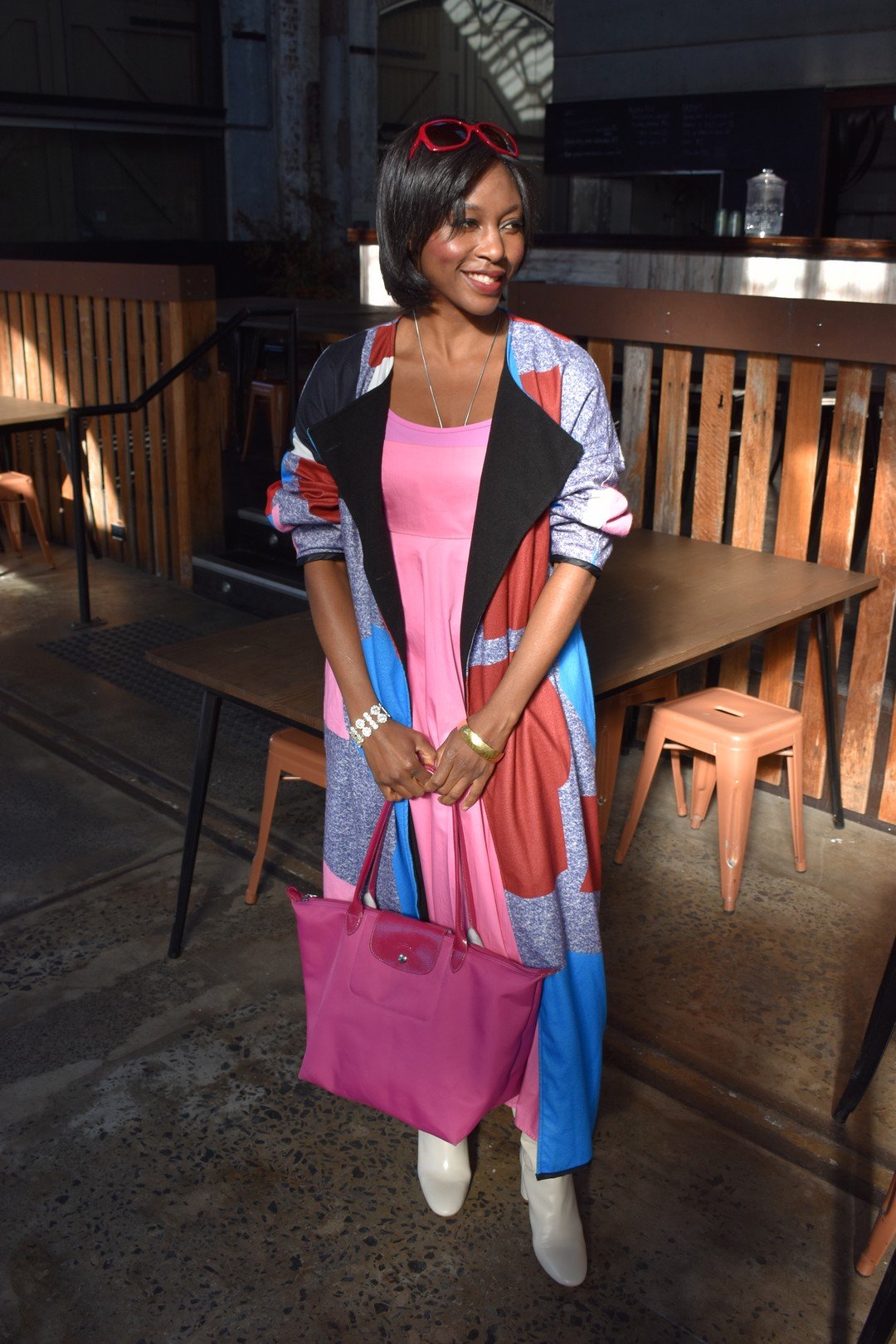thredup resale report 2022
It's Secondhand September again this year which feels a little redundant for me because almost everyday has been a "secondhand September" day for me since I was a kid! As a matter of fact, about 99% of my extensive, eclectic wardrobe is secondhand.
Nevermind though because now that the world is finally catching on to the glory of preloved clothing, we have to keep the momentum going! Secondhand September gets bigger every year. So here's my all secondhand and thrifted ensemble: a colourful long coat, a pink dress, a pink bag, red sunglasses and ivory-coloured boots!
70% of consumers say it’s easier to shop secondhand now than it was 5 years ago.
Resale is expected to grow 16 times faster than the broader retail clothing sector by 2026.
The global secondhand apparel market will grow 127% by 2026 – 3X faster than the global apparel market overall!
On paper this is great news because secondhand is more 'sustainable' than new (fast) fashion. However for something to be secondhand, it has to be new first. Over 100 billion garments are still being manufactured each year and approximately 84% of it is still going to landfill in spite of the rise in secondhand fashion sales.
It's so cool to see so many people who would never wear preloved hoping onto this wagon. However, it's not sustainable, even for a thriving 'sustainable' secondhand market if over 100 billion garments are still being manufactured to cater for the secondhand market.
Retail brands being aware of the popularity of preloved, use the secondhand selling trend to justify their overproduction. As in, they can keep over producing because their customers will resell.
We have to get off this (secondhand) fashion TRENDmill (a phrase I made up) by quitting overconsumption of retail fashion in the first place. There's already an abundance of clothes on the planet including vintage! But we need to remember the garment workers who make these garments and insist that brands pay garment workers liveable wages with decent quality of work life, so that workers are not left out in the cold when we stop overconsuming fashion.
The first step is demanding full transparency of brands' supply chain through laws. Then adding laws that ensure liveable wages, equity, redundancy packages and additional support for workers. Big brands can afford it.



